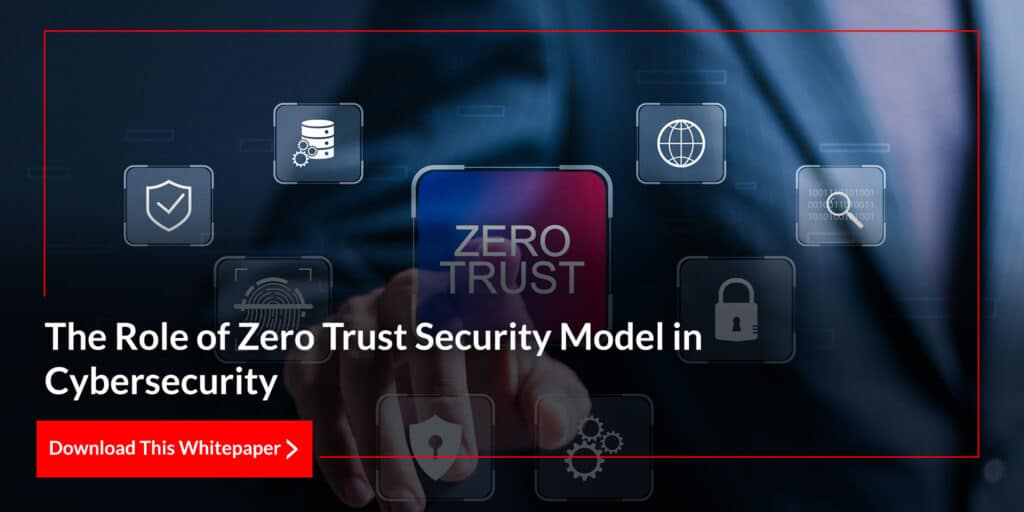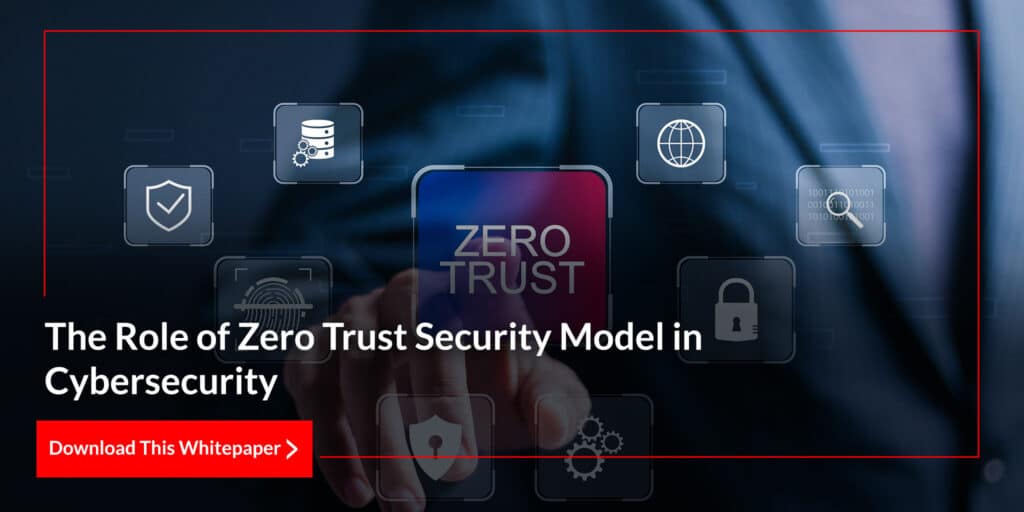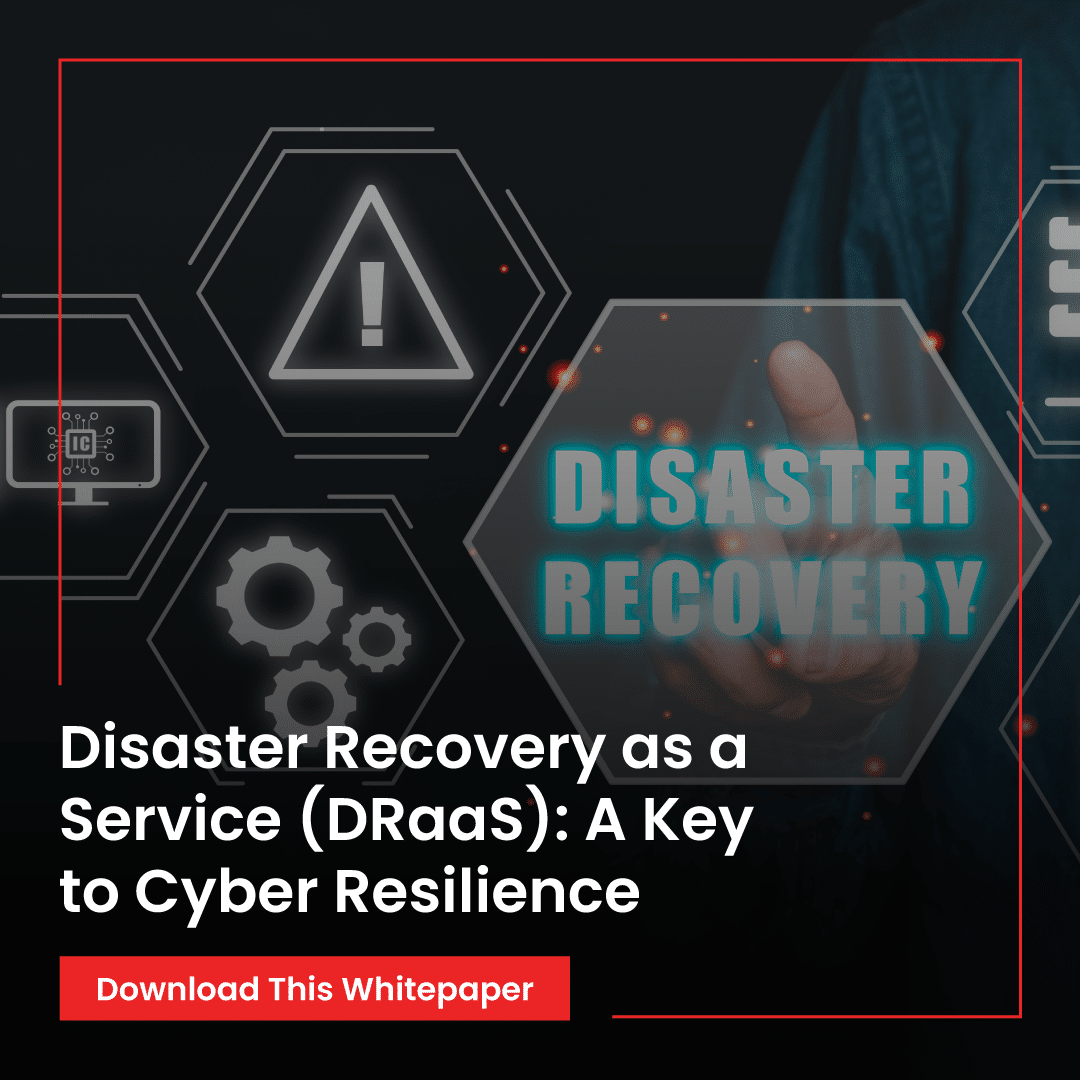The Role of Zero Trust Security Model in Cybersecurity
- 27-November-2024
- Anupam Mehta
- Enoch Anbu Arasu
- cybersecurity
The Zero Trust security model has rapidly emerged as a cornerstone in modern cybersecurity strategies associated with SOC and addresses the limitations of traditional security approach. The principle central to this approach assumes that no user, device, or system within a network is safe and should not be inherently trusted. Hence, all access requests must be subjected to rigorous verification and authentication processes, regardless of their origin. This shift in paradigm emphasizes a security architecture built on micro-segmentation, enabling fine-grained access controls and continuous monitoring of network activities.
The EC-Council’s latest cyber security whitepaper, “The Role of Zero Trust Security Model in Cybersecurity” describes the role of zero trust network access model in equipping organizations with better capabilities to mitigate a wide range of cyber threats, including advanced persistent threats and insider threats, which can bypass traditional defenses. As cyber threats grow increasingly sophisticated, the Zero Trust model positions itself as a critical solution, enabling organizations to stay ahead of adversaries and ensure robust protection for their digital ecosystems. The whitepaper discusses the dynamic approach adopted by Zero Trust model, and how it helps minimize the attack surface and reducing opportunities for unauthorized access.
The whitepaper also discusses as to how Zero Trust also fosters a proactive cybersecurity posture, ensuring that security measures are adaptive to the evolving threat landscape. This is achieved by securing all devices, users, and services operating within the network while continuously monitoring their interactions to detect and respond to anomalous behavior in real time. Hence, by adopting Zero Trust, organizations can construct a comprehensive security infrastructure that prioritizes the integrity and confidentiality of sensitive information.
In conclusion, “The Role of Zero Trust Security Model in Cybersecurity” is a comprehensive study that discusses a transformative approach to cybersecurity, which underscores the importance of stringent access controls, real-time monitoring, and the principle of least privilege. It adoption supports the creation of a resilient defense strategy that not only safeguards against breaches but also maintains operational continuity.










